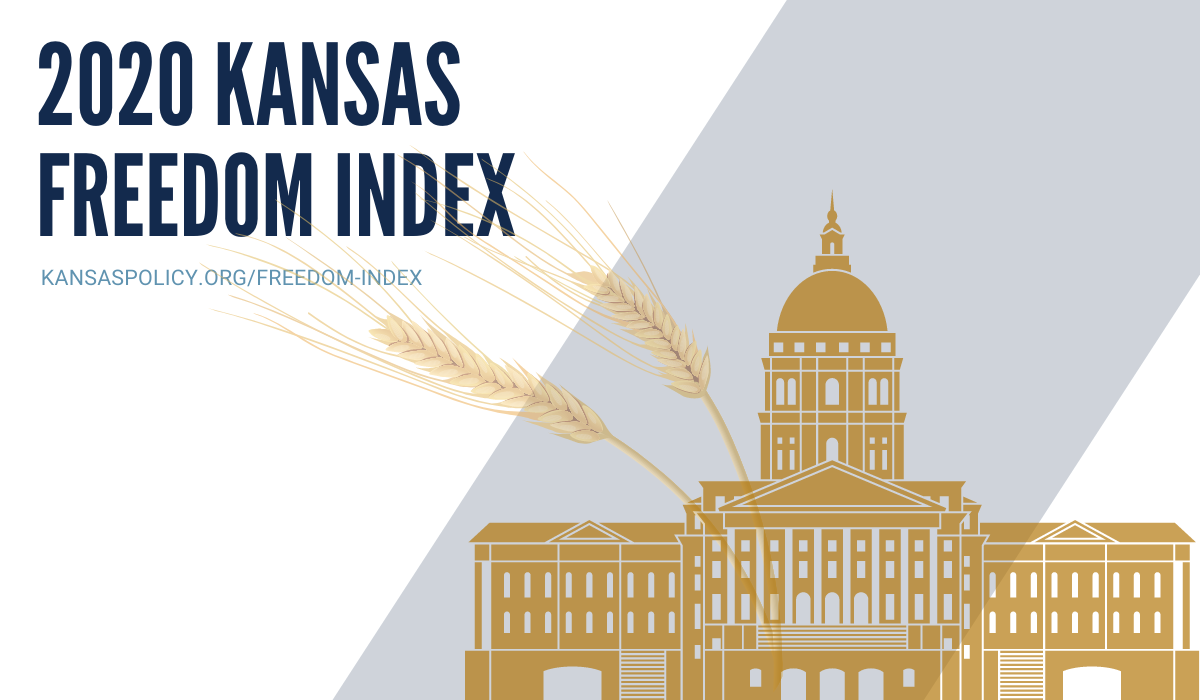Nearly quadrupling property tax rates or the highest sales tax rates in the country are two possible ways lawmakers could fund schools to levels recommended by a recent study on Kansas school funding.
In response to a Kansas Supreme Court mandate to craft a new school financing formula, legislators commissioned a school cost study to determine how much would be necessary to reach certain educational benchmarks. At first blush, the results suggest schools need another $2 billion on top of the $6 billion they currently receive in order for a greater percentage of students to be considered college-ready by graduation.
The dramatic results have the mainstream media cheerleading for more education spending with little concern as to how or where the state would find that much money.
“Based on this report, $600 million may not come even close to doing the job,” the Star opines.
As Kansas Policy Institute notes in a recent blog post, the paper does so “without even passing concern over the devastating tax hikes that would be required.”

The tax hikes would be massive. KPI does the math, pointing out that media reports of an estimated cash infusion of $451 million to $2.1 billion are high. The study’s initial school funding costs are based on 2016-2017 funding, which was $293 million less than the state will spend this school year. KPI places the potential cost at $158 million to 1.77 billion.
The slightly smaller expenditures still require industry-killing tax increases.
The study recommends certain funding amounts for different outcomes scenarios, phased in over 5 years. At the lower end, it suggests a small increase to maintain current educational outcomes. For improvement, or scenario A, it recommends a funding increase of $1.49 billion. For even better outcomes, or scenario B, the study recommends a cash infusion of $1.77 billion. Though the study doesn’t determine how the increase should be funded, KPI did the math.
If lawmakers decided to use property taxes to make up the funding difference, they would need to nearly quadruple the current rate of 20 mills up to 78 mills for the best outcomes or an increase to 69 mills for a smaller improvement. Using sales taxes, the legislature would need to set the highest rates in the nation at 10.1 percent or 10.7 percent. If they opted to solely rely on income taxes to make up the differences, they would need to hike current rates by 49.8 percent or 59.1 percent. That’s in addition to last year’s income tax increase, which at the time, marked the largest tax hike in Kansas history. That hike was preceded by the then-largest tax hike in state history, a sales tax spike, a few years before that.
As the KPI post warns lawmakers that defying the education lobby and their media allies requires throwing taxpayers under the bus.


